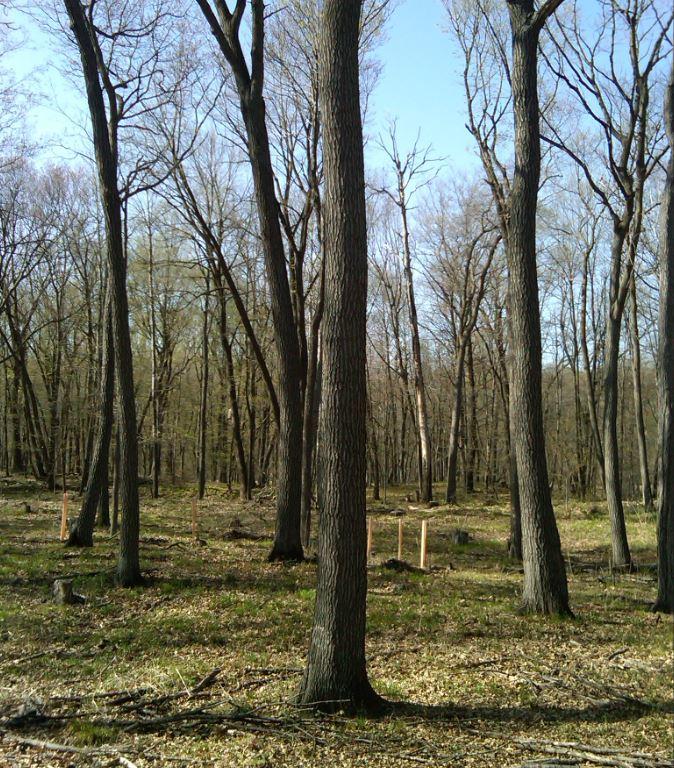Overview
This case study describes a series of treatments designed to regenerate a well-stocked stand of red and white oak within the St. John's Abbey Arboretum.
This stand was cut using the shelterwood method (down to 65-85ft2/ac in winter 2007. It was planted with oak in spring 2007 with good initial survival that faded with the drought. It was replanted with 1500 oak in 2008 which had good survival, but suffered from deer browse. Some test tree shelters were added in 2008. It was planted with 1,000 Red oak in 2011 which again were mostly taken by deer. In 2014, the entire unit was fenced. The site is good for oak. Ground cover is very heavy to Rubus on half the site. Red maple is prevalent. In fall of 2016, the site had 800/ac natural and planted oak < 10 cm and 500 /ac > 10cm. The slash was reduced quite well through the harvest, but there is still occasional scattered slash.
Here is a short video overview of the project:
Silviculture Objective(s)
Use a shelterwood harvest to create growing conditions favorable for oak seedlings. Retain the best trees for seed. Regenerate using natural seeding and planting as needed. Allow 10-20 years for regeneration to reach breast height. Prevent shade-tolerant species from out-competing oak seedlings. Keep deer from eating the seedlings.
Pre-treatment stand description and condition
Stand establishment and management history:
This stand has many high quality red oak and other northern hardwoods. It is over 100 years old and the stand is showing some wear. It adjoins the edge of the tower sports fields. The Old St. Joe Road is on the north and a woods trail is on the east. There is a thin strip of northern hardwoods between this stand and the wetland which includes some Yellow birch.
Pre-treatment species composition:
Tree summary data from 2003, 4 years before the shelterwood harvest:
Age 100+ years
Growth Potential good (SI 64)
Tree Density High (130ba)
Timber Quality Good
Timber volume 23 cords + 9.100 MBF/ac, as follows:
Red oak sawlogs 5.4 MBF/ac
Red oak poletimber 10 cds/ac
White oak poletimber 5cds/ac
Sugar maple sawlogs 1.5 MBF/ac
Basswood poletimber 2 cds/ac
Misc sawlogs 0.6 MBF/ac
Misc poletimber 2 cds/ac
Pre-treatment forest health issues:
No forest health issues worth noting.
Silviculture Prescription
- Fell or girdle stems marked with red paint. This is a Shelterwood cut.
The stand is being managed for oak. Younger maple and other pole size trees are not crop trees and no extra care is needed to protect them during the felling or skidding. All oak and all other large trees over 8” not marked with red paint should be considered crop trees and protected. Use directional felling to minimize damage to the crop trees.
- Use all merchantable wood to the extent that utilization will not negatively affect valuable crop trees. As needed, do some bucking in the woods to create shorter logs for skidding.
- Cut all slash to within 36 inches of the ground. Firewood cutters will be allowed into this area.
- Leave standing all snags that are not a safety hazard.
- Avoid skidding or landing on the clay piles used for the pottery. (Located just outside the stand.)
- The pottery has permission to harvest poles less than 4 inches in diameter prior to the main harvest.
Estimated harvest volumes by species:
|
SPECIES |
PRODUCTS |
CORDS |
MBF |
EST. PRICE |
EST. VALUE |
|
Red oak |
Sawlogs (50% #1 and Btr) |
- |
4.380 |
$500 |
$2,190 |
|
White oak |
Sawlogs |
- |
0.000 |
$500 |
$0 |
|
Sugar maple |
Sawlogs |
- |
1.300 |
$350 |
$455 |
|
Red maple |
Sawlogs |
- |
0.880 |
$400 |
$352 |
|
Basswood |
Sawlogs |
- |
0.360 |
$300 |
$108 |
|
Green / White Ash |
Sawlogs |
- |
0.000 |
$300 |
$0 |
|
- |
- |
|
0.000 |
$300 |
$0 |
|
- |
- |
0 |
|
$115 |
$0 |
|
Hardwood |
Pallet bolts >10" |
7 |
|
$115 |
$770 |
|
Hardwood |
Minibolts >7" |
6 |
|
$90 |
$575 |
|
Hardwood |
Fuelwood |
17 |
|
$40 |
$694 |
|
TOTAL VOLUME |
|
30 |
6.920 |
TOTAL VALUE |
$5,145 |
What actually happened during the treatment
January - March 2007: Implement shelterwood harvest as described above.
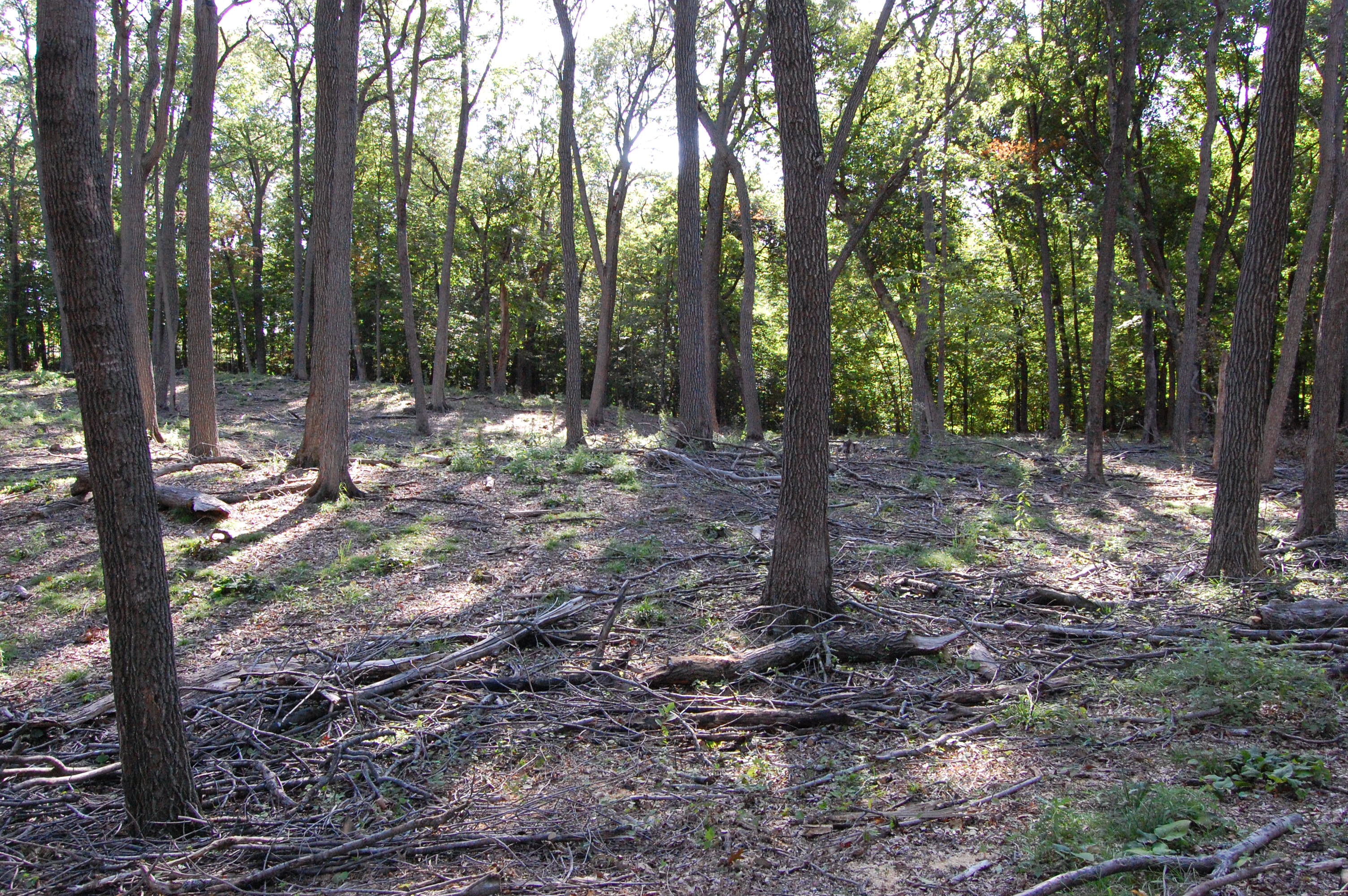
Figure 1: Structure of Pottery Clay Piles shelterwood shortly after the 2007 harvest
2007 – Most of natural seedlings die from drought by August.
2008 – Good natural regeneration and planting success is negated by heavy deer browse. 2,500 oak seedlings/acre remain in fall. Installed 100 tree shelters to protect against deer.
2010- Of the tree shelters established in 2008, 30% have excellent seedlings, 30% have seedlings that are alive, but not growing well, and 40% of the tubes have dead seedlings. 0% seedlings remain outside of the shelters due to deer browse.
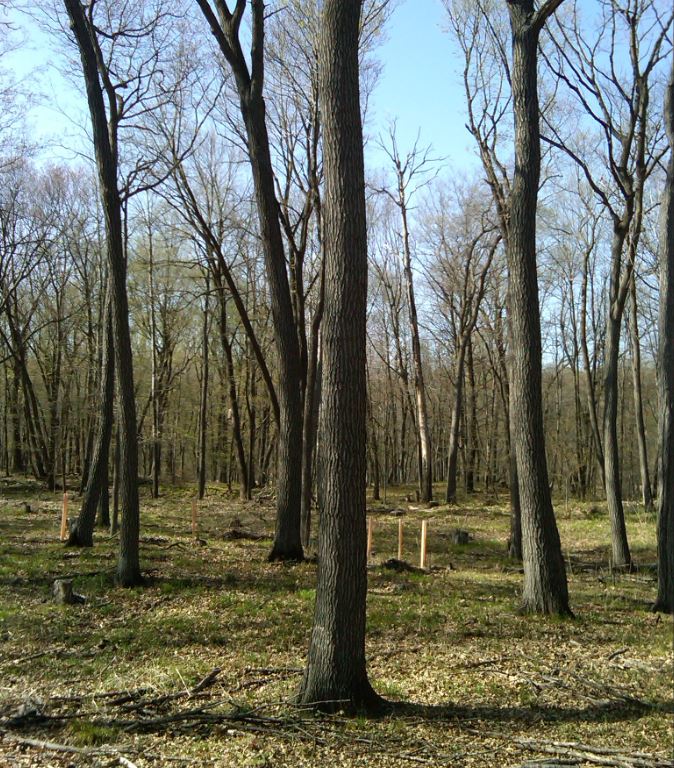
Figure 2: Pottery Clay Piles shelterwood site, 3 years post-treatment showing big trees
2011 – Spring – Plant 1,000 seedlings.
2011 – 1,000 Red oak seedlings/ac. 4,000 Sugar and red maple seedlings/ac. Windstorm on August 2, 2011 took down significant numbers of trees. Survival in the brown tubes is 10%.
2012 –July Red oak -200 seedlings/ ac. Basswood -200 seedlings/ ac. American elm-500 seedlings/ac. Sugar maple -3,000/ac. Red maple – 6,000 seedlings/ac.
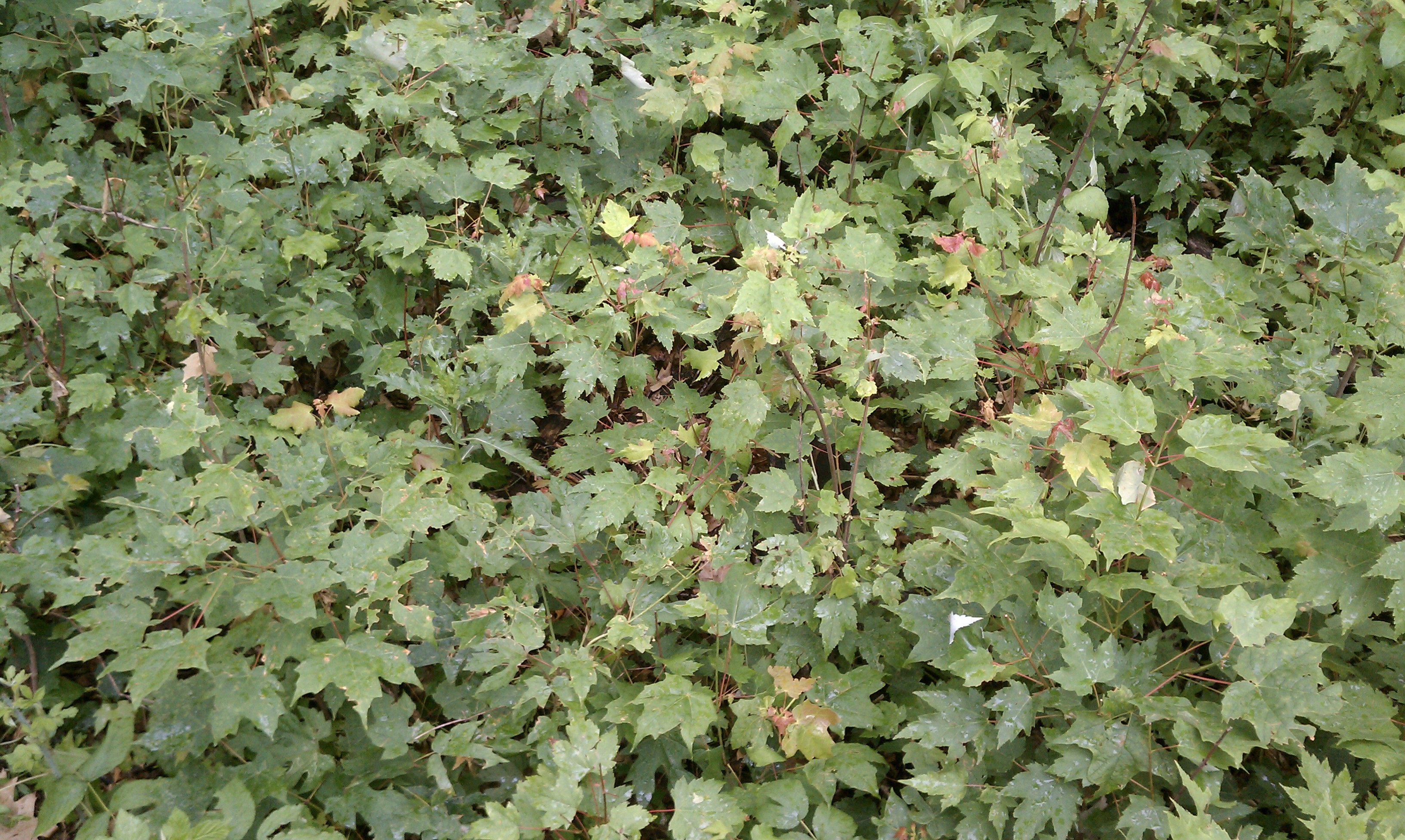
Figure 3: Pottery Clay Piles shelterwood regeneration after 5 yrs showing dense maple competition
2014 – July: Fenced with 9 foot wire fence. Construct a fence that will keep white-tailed deer out of the unit 99+% of the time. Provide 16’ gates for management access. The fence must last at least 10 years and preferably 20. Use 8 foot woven wire (12 gauge-fixed knot). Put one smooth wire on top of the posts to help prevent damage from
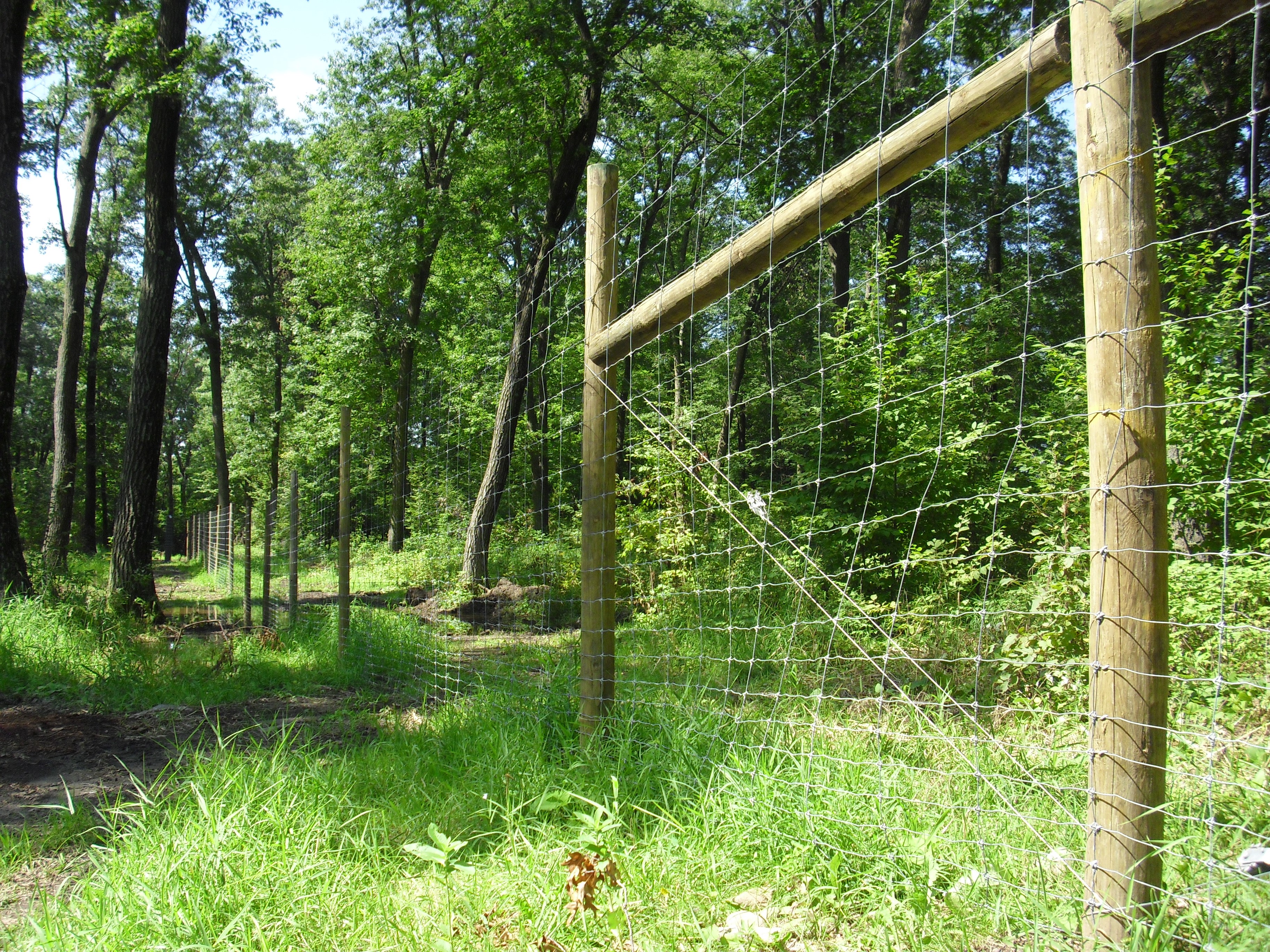
Figure 4: Woven wire fence similar to the one installed at the Pottery Clay Piles site
2016 –Oct Red oak -450 <10cm seedlings/ ac. 200 10-20 cm seedlings/ ac. 100 20+cm seedlings/ ac. White oak -50 <10cm seedlings/ ac. (Half the plots had heavy Rubus and zero oak.) Basswood /Sugar maple/ Red maple – 1,500 seedlings/ac.
Post-treatment assessment
Tree summary data from 2012, 5 years after the shelterwood harvest:
Age est. 130 years
Growth Potential good (SI 64)
Tree Density Good (93ba)
Timber Quality Good
Timber volume 13 cords + 4.500 MBF/ac as follows:
Red oak sawlogs 4.5 MBF/ac
Red oak poletimber 7 cds/ac
White oak poletimber 0 cds/ac
Sugar maple poletimber 2 cds/ac
Red maple poletimber 4 cds/ac
Misc sawlogs 0 MBF/ac
Misc poletimber 0 cds/ac
As noted above, although the shelterwood treatment to reduce residual basal area to 65-85 ft2/ac was successful in producing oak regeneration, both deer browse and drought have created challenges recruiting oak regeneration.
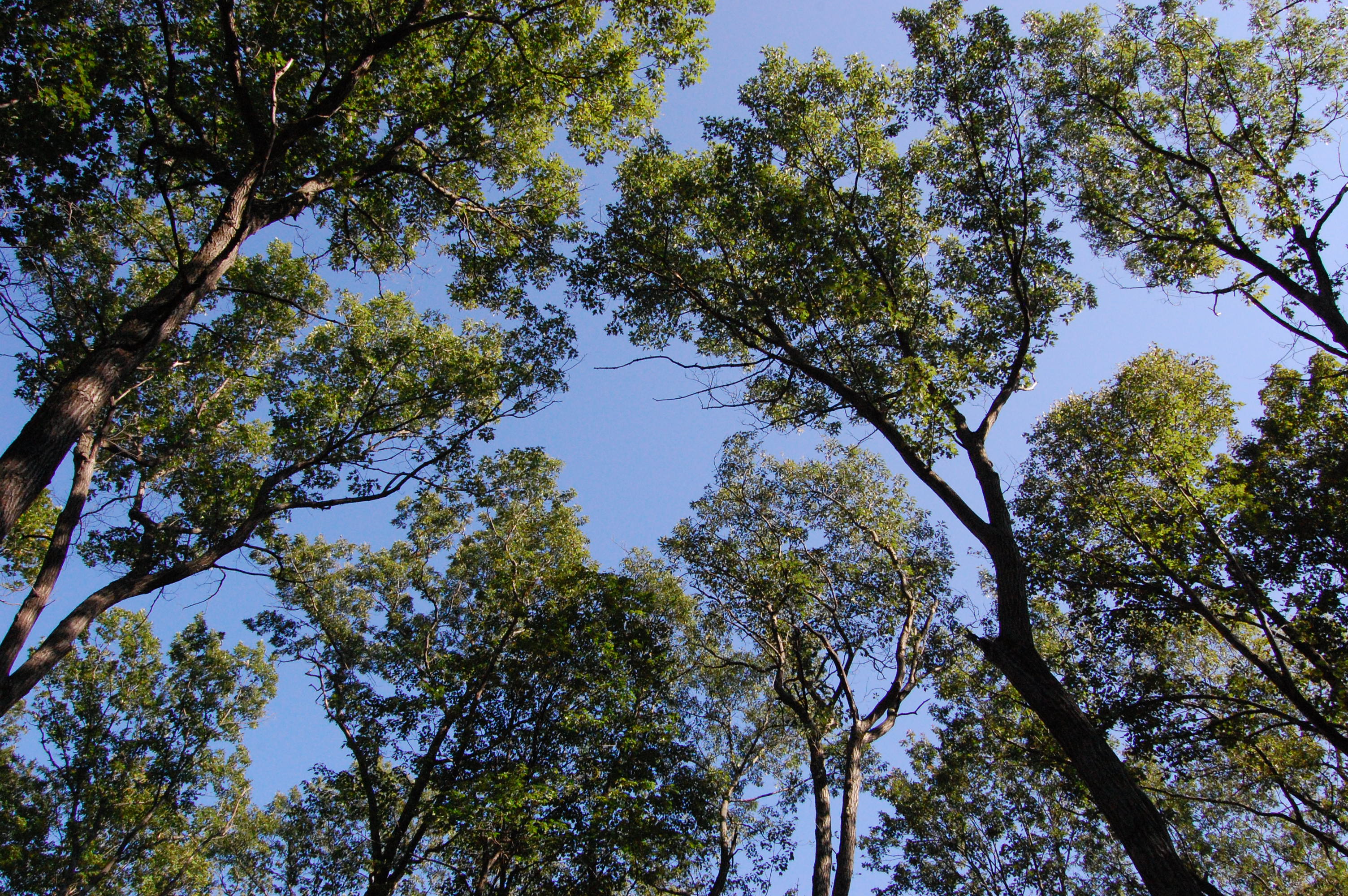
Figure 5: Crowns in Pottery Clay Piles shelterwood prep cut down to 65-85 ft2ac
Plans for future treatments
The fence will be maintained and repaired as needed. The site received a brush control treatment in April 2017 (pictured below) to accelerate oak seedlings' ascension through competing Rubus and red maple near the ground layer. The site will be monitored for deer browse and other issues over time, with the hope to protect oak seedlings until they recruit into the midstory and ultimately form a new cohort.
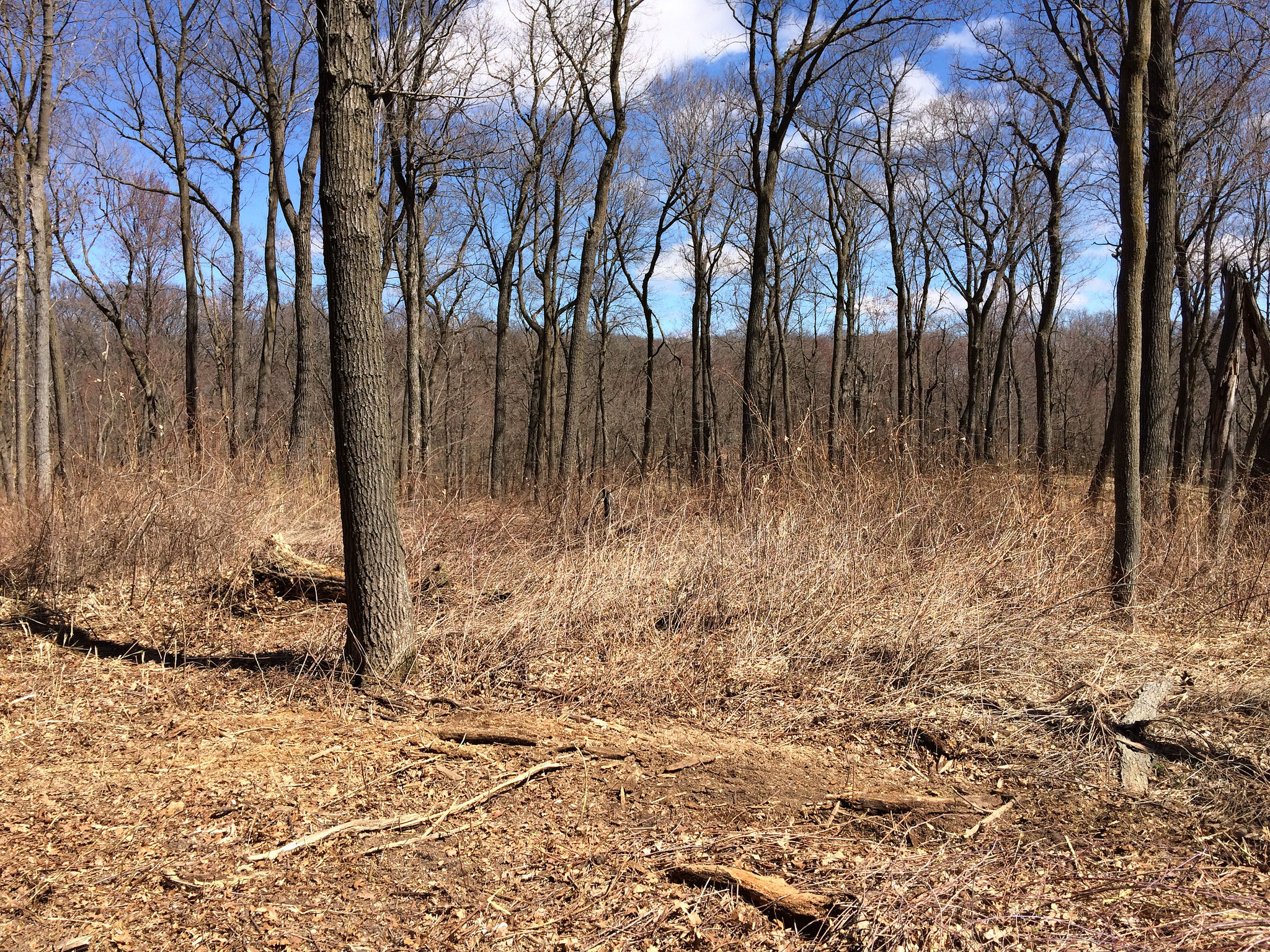
Figure 6: 2017 brush control treatment showing treated and untreated
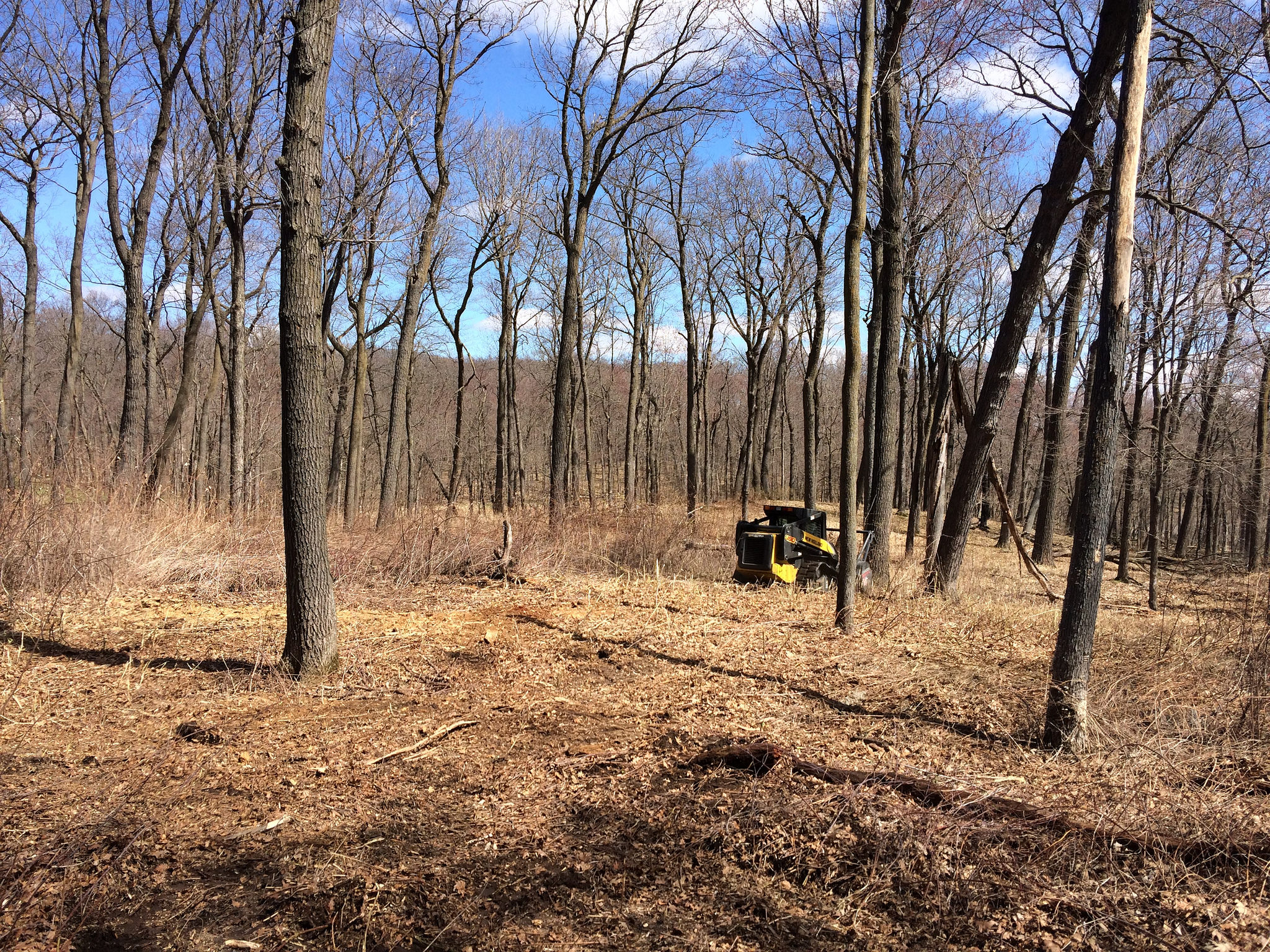
Figure 7: 2017 brush control treatment showing equipment
Costs and economic considerations
Fencing based on 2014 prices: Materials (and freight to field site): $ 5,053 (includes $350 shipping). Corners cost an extra $75 each in materials. Avoid corners as possible. Price per thousand feet for materials = $2,800. Price/acre for materials = $1,260/ac. Very high! Removal cost in 10-15 years will be quite high!
For details, see fencing overview in supplemental documents.
Summary / lessons learned / additional thoughts
St. John's Abbey and Arboretum has a long history of stewardship and use of its oak resource. The Abbey is committed to maintaining oak on sites favorable to its growth, even when costs to do so are high due to deer browse, drought, and other issues. The series of treatments implemented in this case study appear to have set the stand on a good trajectory for growth, although the treatments were more elaborate, and the costs higher, than initially hoped in order to protect oak seedlings from deer browse.
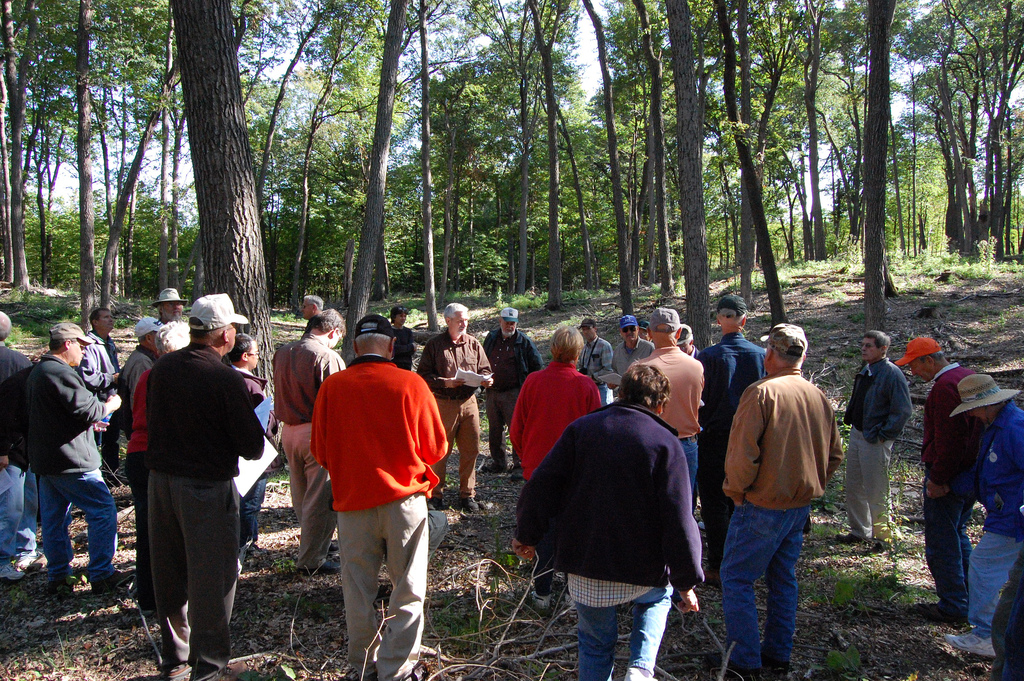
Figure 8: This site has been featured in numerous tours over the years.
This case study was developed with support from the United States Department of Agriculture's National Institute for Food and Agriculture (USDA-NIFA), Renewable Resources Extension Act (RREA). Project #MIN-44-E02, principal investigator Eli Sagor, University of Minnesota.
Supplemental Content
